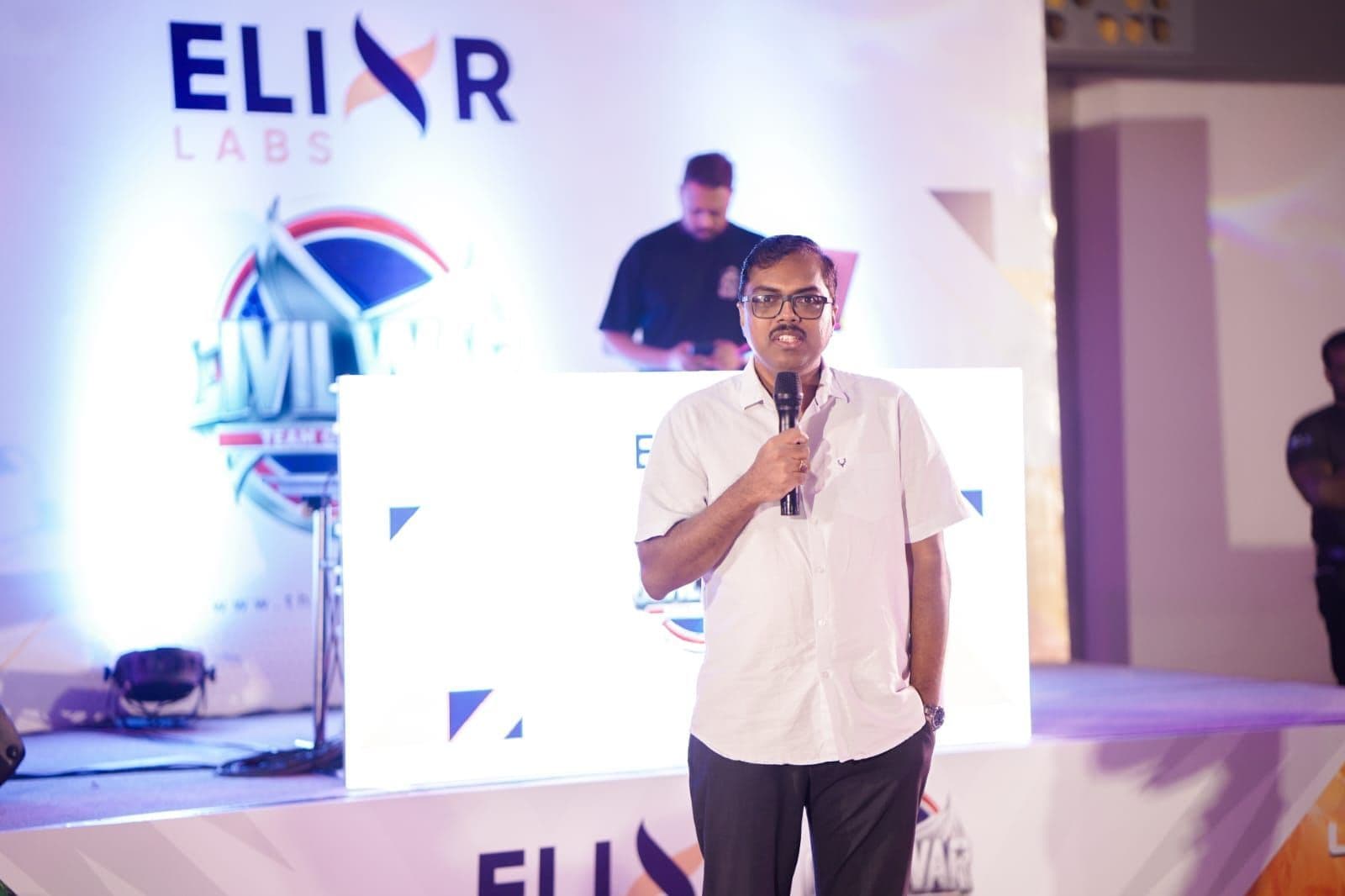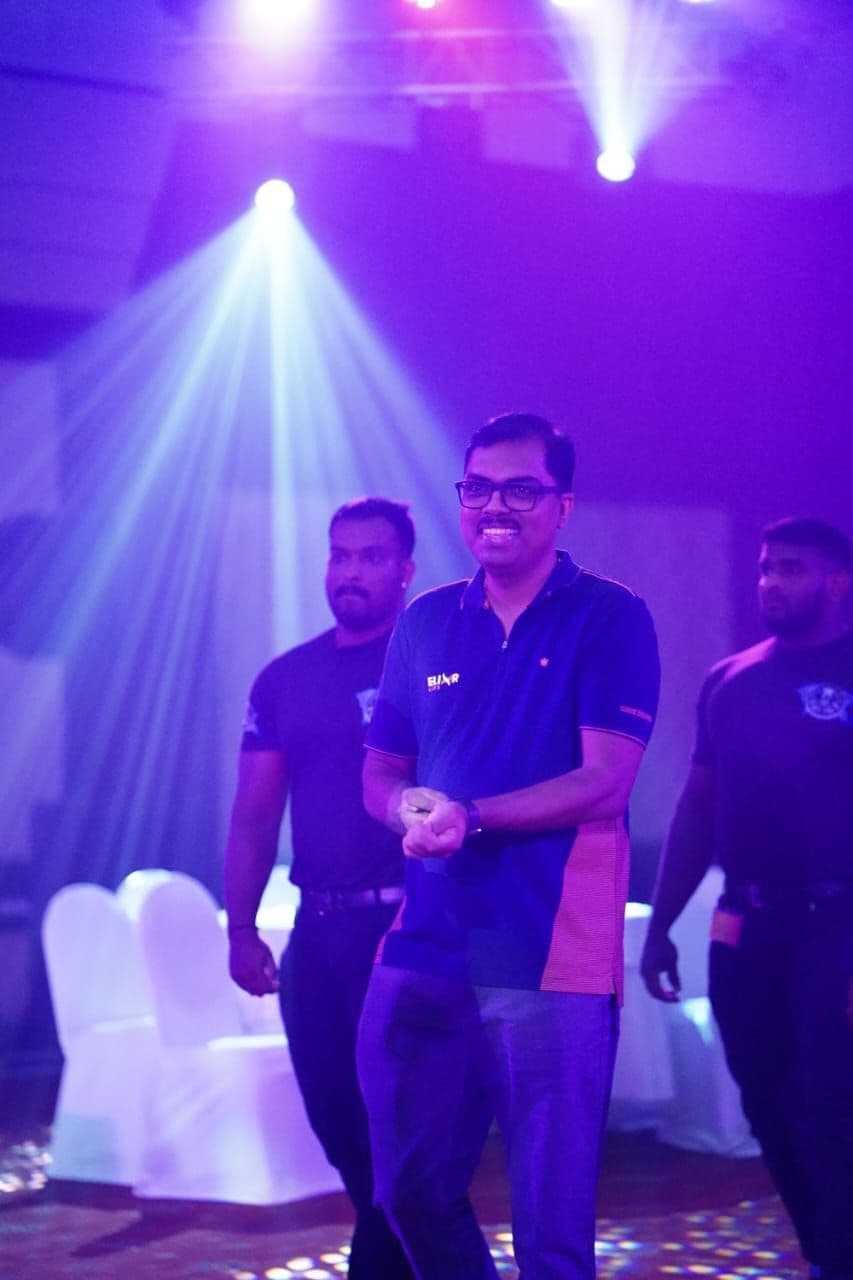
The doctor had seen 60 patients that day. Yet, patient #42 is the one we remember..
If you have ever passed through the corridors of a hospital that sees a fair amount of patients, you can almost imagine the crowded waiting areas, the buzzing of machines, and the rushing of nurses between patients. And this is not just an emotional reality; this is a systemic challenge.
Healthcare providers perform miracles every day. Doctors make life-saving decisions in mere seconds. Nurses keep entire departments ticking through their vigilance. And yet, despite all their efforts, it remains difficult for the healthcare system to consistently track the journey of every patient from start to finish.
Patient #42 often gets treated as just a number, lost somewhere between follow-ups, reminders, and inter-department coordination.
This is where health tech platforms need to innovate!
Why Patient Tracking Is the Missing Link
Patient tracking is more than just statistics on a system. It is about ensuring that each individual receives the timely care they deserve, especially in an industry where a single missed follow-up can lead to readmissions, delayed diagnoses, or poorer health outcomes. Patient care should never be left to the limitations of manual processes.
A quality health-tech solution ensures that every patient is more than just a statistic. It allows providers to think of preventive care rather than reactive care, to contain costs, improve outcomes, and build a level of trust with the population through the healthcare system.
Healthverse: Remembering When People Forget
At Healthverse, our vision has always been to create a platform that doesn’t just digitize processes but transforms the way healthcare providers care for people.
Here’s how:
- Smart follow-up flags – Identifying high-risk patients, needing more special attention to minimize the chances of complications and the possibility of an unplanned readmission.
- Automated reminders – These ensure that no patient is left behind and that they adhere to their treatment planning.
- Seamless continuity of care – Healthverse links visits across departments and even across hospitals and geography to ensure the transition is not lost at any step.
- A system that remembers – The most powerful feature is simple: it remembers when people forget. Every patient, whether it’s #42 or #60, stays visible.
This isn’t just about better record-keeping. It’s about building accountability into the healthcare system. When providers are equipped with the right technology, they can deliver care that is not only efficient but deeply human.
The ROI of Human-Centered Health Tech
For decision-makers in the health tech platform, the question is always: What’s the return on investment?
The ROI of patient tracking and continuity platforms like Healthverse is two fold:
Operational Efficiency
- Fewer missed follow-ups mean reduced readmissions and lower treatment costs.
- Automated workflows save time for doctors and nurses, allowing them to focus on high-value tasks.
Patient Trust and Retention
- When patients feel valued and cared for, they are likely to complete their treatment plans, come for their follow-ups, and keep long-term trust in the system.
- In a highly competitive healthcare system, patient loyalty is directly associated with the treatment quality.
When you quantify these benefits, the business case becomes clear: any investment in an advanced patient tracking system will not just enhance health care, but the bottom line as well.
A More Human-centered and Accountable Healthcare System
The health tech platform has a responsibility to not only innovate but to humanize. A platform like Healthverse doesn’t just improve efficiency it makes healthcare more connected, more human-centric, and more accountable.
Because at the end of the day, healthcare isn’t about data points, graphs, or dashboards. It’s about people.
The healthcare system is at a tipping point where technology can either add complexity or remove barriers. At Healthverse, we’ve chosen the latter. We’ve built a platform that ensures no patient becomes invisible, no provider feels unsupported, and no moment of care gets lost in the noise.
The future of the healthcare system lies in technology that balances efficiency with empathy, and ROI with real impact. Patient #42 is not just a story, it's a call to action for the entire health tech industry.
So here’s the question for you:As a leader in the healthcare industry, how will you ensure your systems remember the patients who can’t afford to be forgotten?

Transforming Healthcare: A Platform for Improved Outcomes

How My Family Trip Reminded Me of The Importance of Effective Leadership Skills

Highs, Lows and Everything in Between : The Unfiltered Truth About Starting a Business
